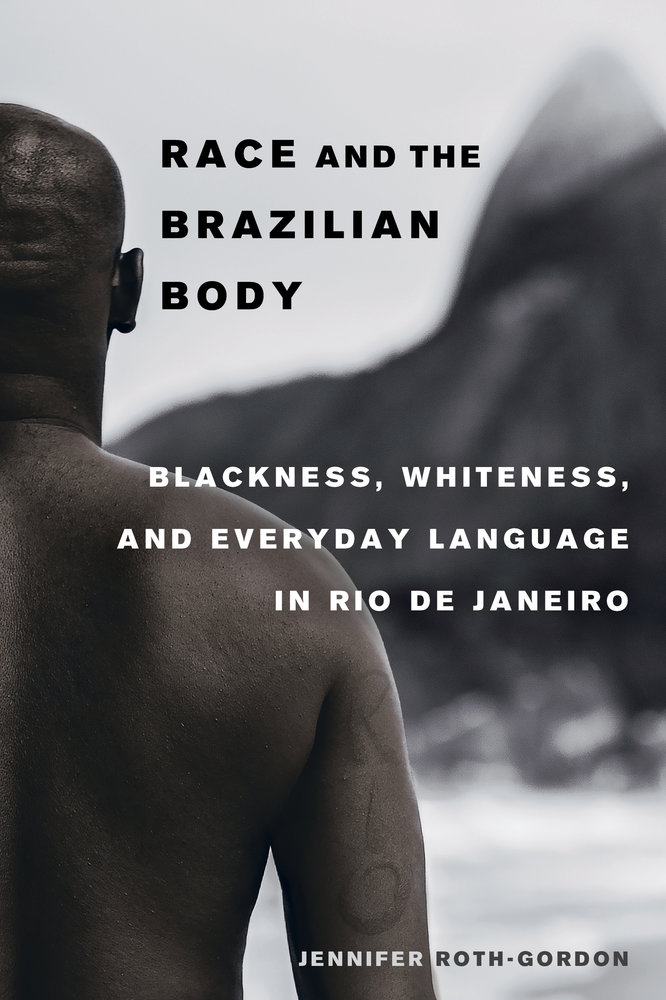Brazil is both proud of its history promoting miscegenation and racial mixture and deeply ashamed of its status as a “mongrel” nation that lacks the culture, civilization, and modernity associated with racial whiteness. Across Latin America and the Caribbean, individuals, families, and nation-states have long struggled to acquire and display whiteness, harboring both implicit and explicit fears that they will never shed their associations with nonwhiteness, which includes both African and indigenous heredity. Whiteness suggests decorum, respectability, and civilized control. But the presumed lack of racial purity in Brazil – what has been called “virtual whiteness” or the implication that one is “branco por procuração” (white by proxy) – means that one’s whiteness is always vulnerable. I find this racial anxiety productive in suggesting that critical whiteness scholars should question the presumed “normalcy” and stability of whiteness, even in the United States. In particular, I am intrigued by the cultural and linguistic work that people (of different racial backgrounds) do to associate themselves with whiteness, in order to benefit from racial privilege. (Though people like the rappers and rap fans I worked with could also choose to explicitly reject the push for racial whitening or assimilation.) In the book, I examine three social and racial imperatives that uphold Brazilian racial hierarchy: (1) the need to display whiteness, (2) the desire to avoid blackness, and (3) the obligation to remain racially “cordial.” I believe that the United States shares with Brazil this orientation towards whiteness and away from blackness, though ideologies of racial purity clearly differ. In Brazil, the ideal national color is “moreno” or brown. —Jennifer Roth-Gordon
Ilana Gershon, “Jennifer Roth-Gordon on her new book, Race and the Brazilian Body,” CaMP Anthropology, September 4, 2017. https://campanthropology.org/2017/09/04/jennifer-roth-gordon-race-and-the-brazilian-body/.






